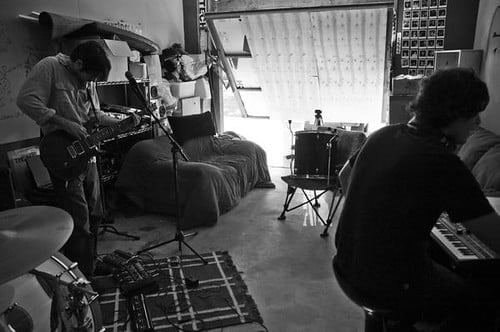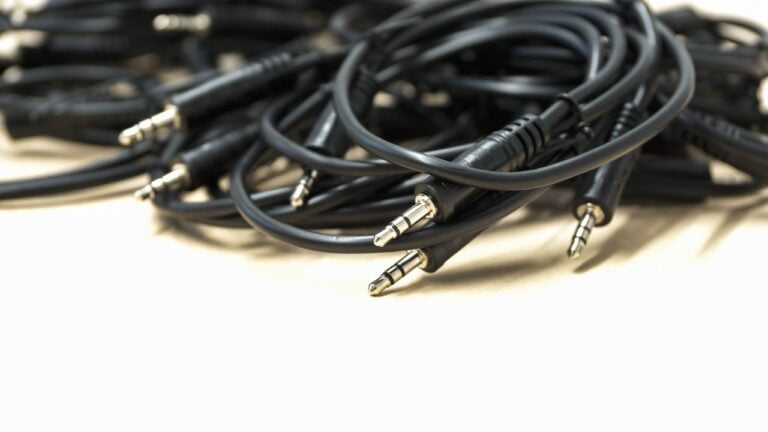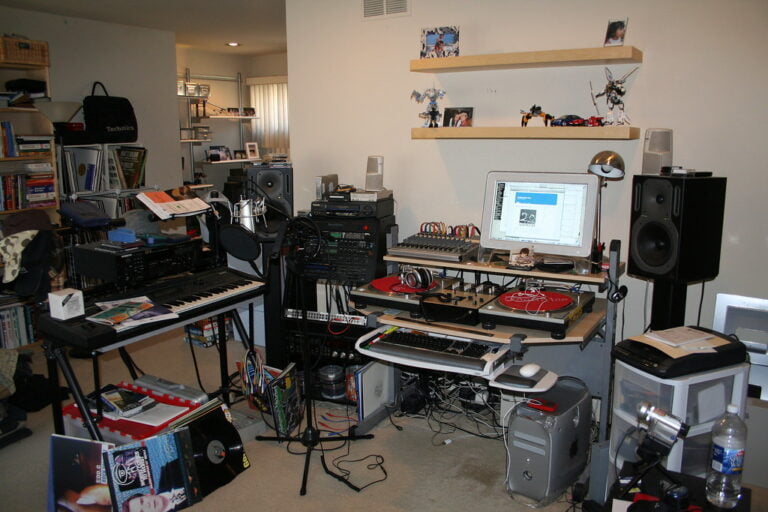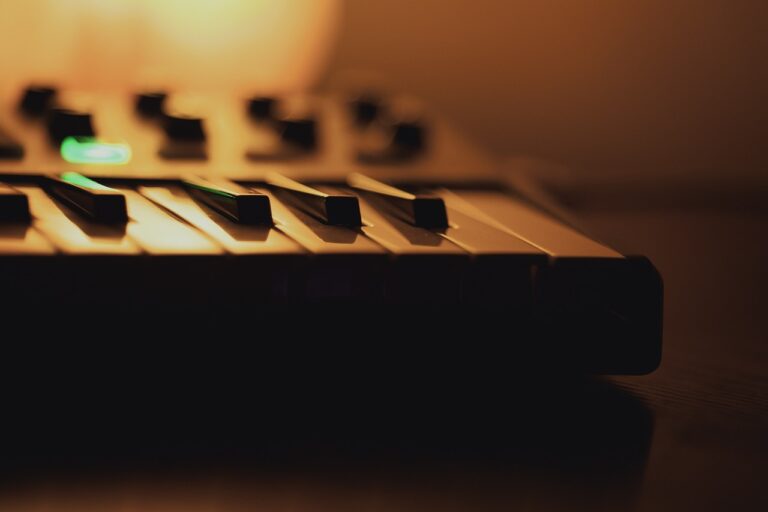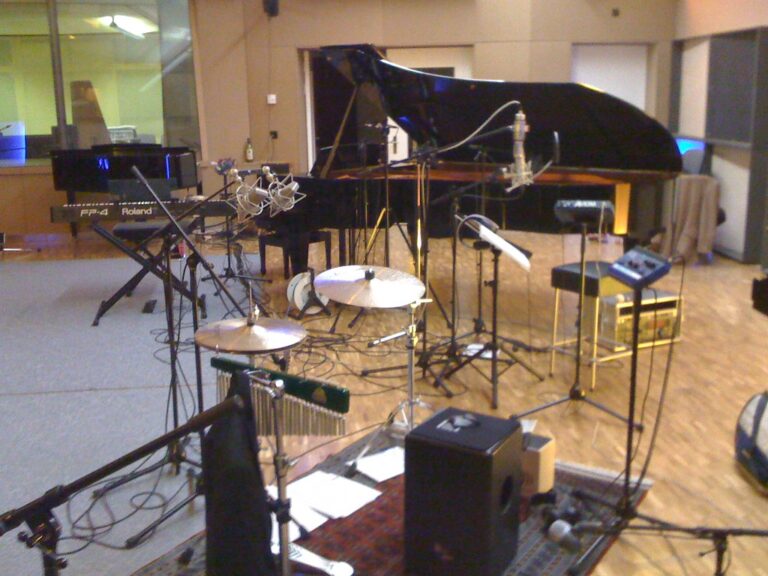Preventing Overheating in Home Studio Equipment: Cooling Solutions
Hey there! Are you tired of dealing with the frustration of your home studio equipment overheating and throwing a wrench into your creative process? Well, fret no more because I've got just the solution for you. In this article, I'm going to walk you through some awesome cooling options that will help prevent overheating in your precious studio gear. So, let's dive right in!
We are supported by our audience. When you purchase through links on our site, we may earn an affiliate commission, at no extra cost for you. Learn more.
First things first, how can you even tell if your equipment is overheating? Well, keep an eye out for warning signs like sudden shutdowns, weird noises, or even that dreaded "burning" smell. If you notice any of these red flags, it's time to take action and save your equipment from a meltdown.
Now, let's talk about ventilation. Proper airflow is key to keeping your gear cool and happy. Think of it like giving your equipment a nice, refreshing breeze on a hot summer's day. You want to make sure that there's enough room for air to circulate around your gear, so don't cram everything into a tiny, cramped space. Give your gear some breathing room, just like you would want for yourself.
One simple trick to enhance ventilation is to elevate your equipment. Use shelves or stands to raise your gear off the ground, allowing air to flow freely underneath. It's like giving your gear its very own pedestal, making it feel special and well-ventilated.
But wait, there's more! Another great cooling solution is using fans. No, not the screaming fangirl kind, but actual fans designed to keep your equipment cool. You can either opt for small USB-powered fans that you can easily attach to your gear, or invest in larger cooling fans specifically designed for studio equipment. These fans work their magic by blowing that hot air away and bringing in cool, fresh air. It's like having your own personal air conditioner for your gear!
Lastly, let's not forget about regular maintenance. Just like how you take care of yourself by eating right and exercising, your equipment needs some TLC too. Make sure to clean out any dust or debris that might be clogging up your gear's ventilation system. It's like giving your gear a well-deserved spa day, getting rid of all the gunk and allowing it to breathe freely.
So there you have it – some awesome cooling solutions to prevent overheating in your home studio equipment. By paying attention to signs of overheating, ensuring proper ventilation, using fans, and performing regular maintenance, you'll have a smoothly running studio that allows you to focus on what you do best: creating amazing music, videos, or whatever your artistic heart desires. Now go forth, my friend, and keep your gear cool like a cucumber!
Importance of Cooling in Home Studios
Keep in mind that proper cooling is essential for maintaining optimal performance of your home studio equipment. When it comes to your creative endeavors, you need your equipment to function flawlessly. Overheating can lead to decreased performance, system crashes, and even permanent damage. To prevent these issues, it's crucial to implement effective cooling solutions in your home studio setup.
The first step is to ensure proper ventilation. Make sure that your equipment is placed in a well-ventilated area, away from walls or other obstructions that can impede airflow. Consider using fans or ventilation systems to increase air circulation and dissipate heat.
Another option is to invest in cooling pads or cooling racks designed specifically for audio gear. These devices provide additional cooling by actively dissipating heat away from your equipment, prolonging its lifespan and ensuring its optimal performance.
Signs of Overheating in Studio Equipment
If your studio equipment starts exhibiting unusual performance issues or emits a burning smell, it may be a sign of overheating. Overheating can occur when the internal temperature of your equipment exceeds its recommended operating range. This can lead to various issues, such as reduced performance, audio distortion, or even complete system failure. Pay attention to any sudden shutdowns or frequent system crashes, as these can also indicate overheating. Additionally, if you notice that your equipment feels excessively hot to the touch, it is likely experiencing thermal stress. To prevent further damage, it is important to address these signs promptly. Implementing proper cooling solutions, such as using fans, ventilation, or heat sinks, can help regulate the temperature and prolong the lifespan of your studio equipment.
Proper Ventilation and Airflow Techniques
To ensure proper ventilation and airflow in your home studio, start by positioning your equipment in a well-ventilated area. This means avoiding placing your equipment in closed cabinets or against walls. Instead, opt for open spaces or dedicated racks with built-in ventilation. Additionally, consider the arrangement of your equipment to optimize airflow. Avoid stacking your gear, as this can restrict air circulation and trap heat. Instead, leave enough space between each piece of equipment to allow for proper airflow. Furthermore, be mindful of cable management. Cables can obstruct airflow if not organized properly. Use cable ties or clips to keep cables neat and out of the way. By implementing these ventilation and airflow techniques, you can effectively prevent overheating and ensure the longevity of your home studio equipment.
Cooling Solutions for Specific Studio Equipment
Optimize the performance of your specific studio equipment with effective cooling solutions. Each piece of equipment in your home studio requires proper cooling to prevent overheating and ensure long-lasting functionality. To cool your computer, consider using a liquid cooling system or installing additional case fans to improve airflow. For audio interfaces and mixers, ensure they are placed in well-ventilated areas and avoid stacking them on top of each other to allow for proper air circulation. Studio monitors can benefit from active cooling solutions such as built-in fans or heat sinks to dissipate heat. Additionally, consider using rack-mounted cooling units for your amplifiers and power conditioners to maintain optimal operating temperatures. By implementing these cooling solutions, you can protect your equipment and maximize its performance, enabling innovation and creativity in your studio.
Maintenance Tips for Preventing Overheating
Ensure proper maintenance of your home studio equipment to prevent overheating and prolong its lifespan. Regular maintenance is crucial in preventing overheating and ensuring optimal performance of your equipment. Here are some maintenance tips to keep in mind:
- Keep your equipment clean: Dust and debris can accumulate in your equipment, blocking airflow and causing it to overheat. Regularly dust and clean your equipment using compressed air or a soft brush.
- Check for proper ventilation: Ensure that your equipment is placed in a well-ventilated area. Keep it away from walls or other objects that may block airflow. Consider using cooling racks or fans to improve air circulation.
- Monitor temperatures: Use temperature monitoring tools to keep track of the temperature inside your equipment. If you notice any significant increases, take immediate action to address the issue.
- Replace worn-out components: Over time, components such as fans or thermal paste may deteriorate, leading to overheating. Regularly inspect and replace any worn-out components to prevent overheating issues.
Conclusion
Preventing overheating in home studio equipment is crucial for maintaining the longevity and optimal performance of your gear. By implementing proper ventilation and airflow techniques, as well as utilizing cooling solutions specific to your equipment, you can effectively reduce the risk of overheating. Regular maintenance, such as cleaning dust buildup and checking for any signs of wear or damage, is also essential. With these measures in place, you can ensure a cool and efficient home studio environment.

